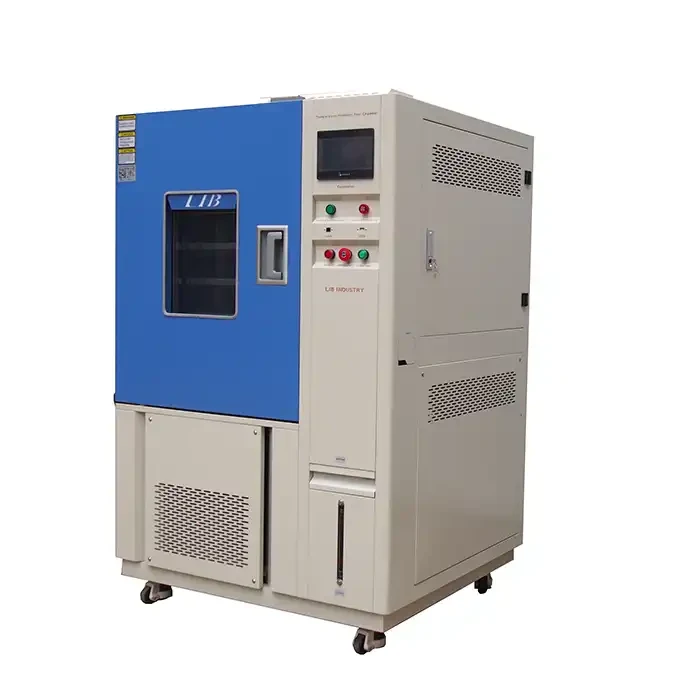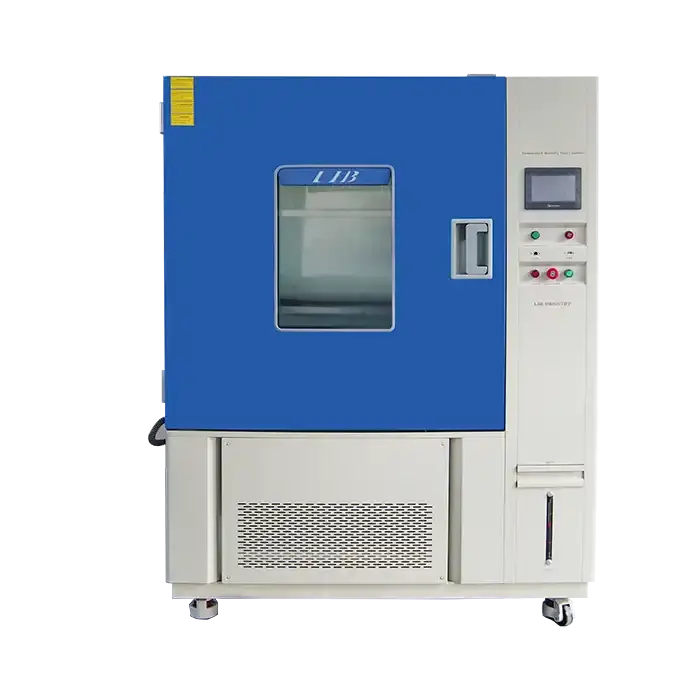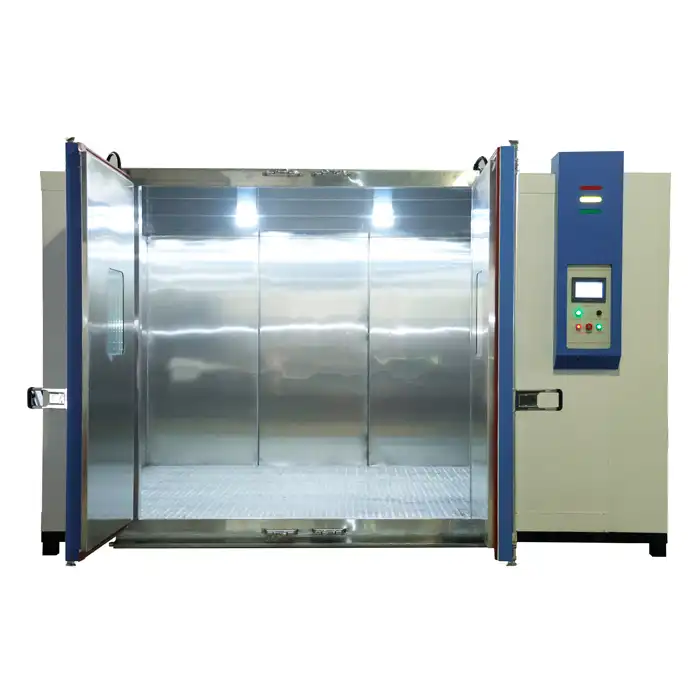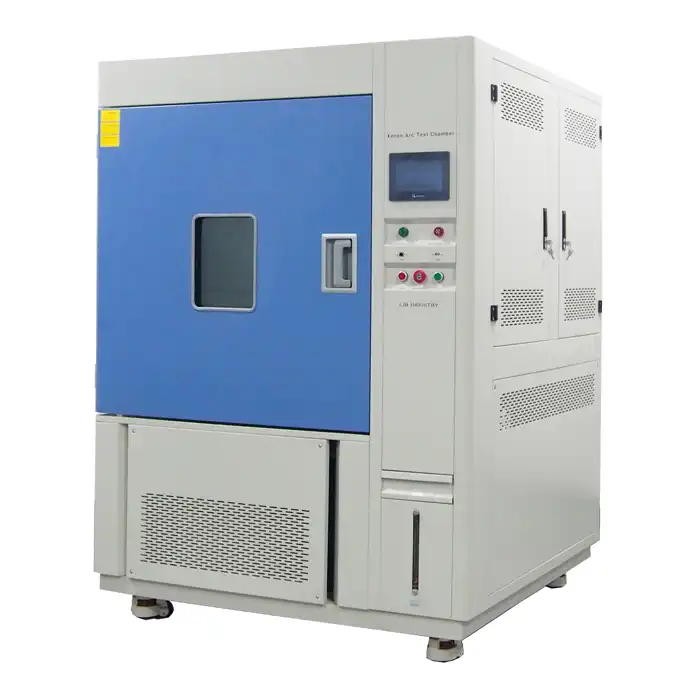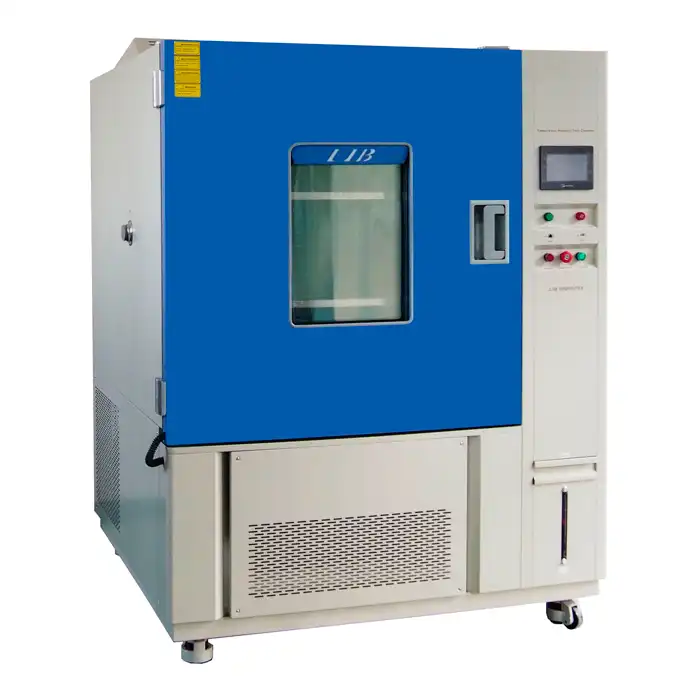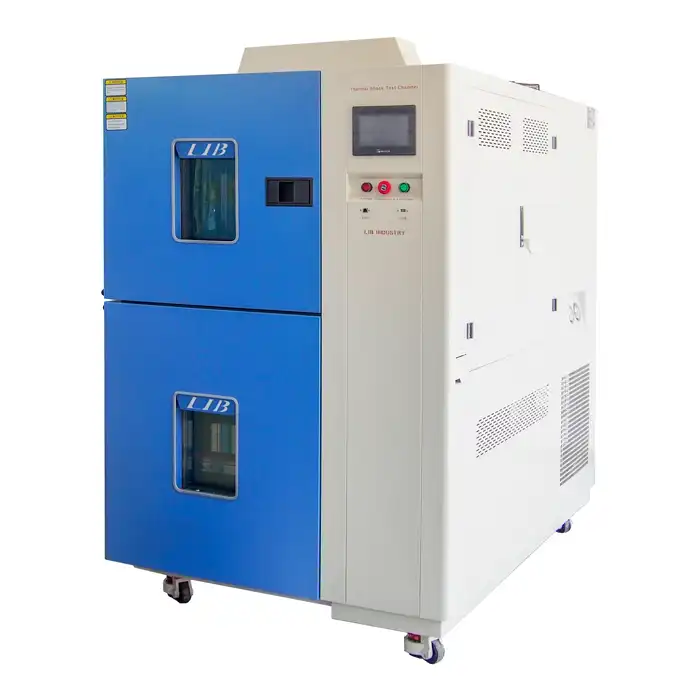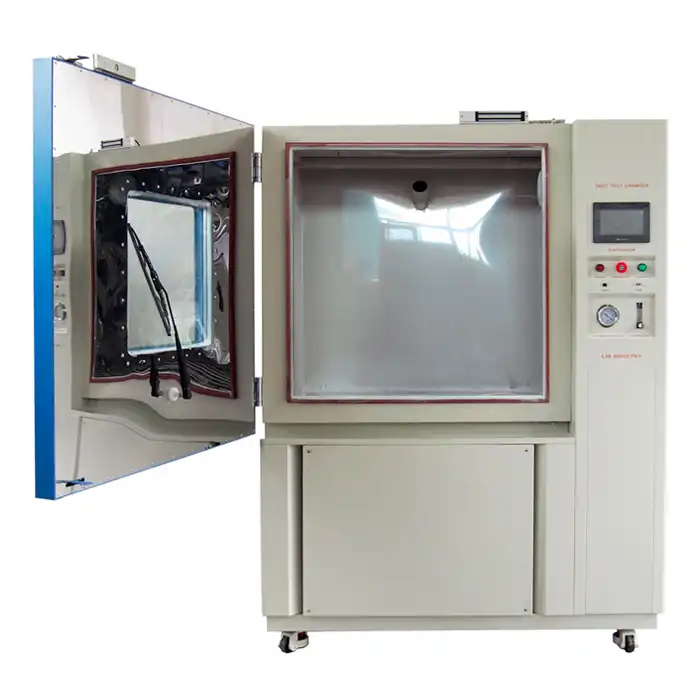What is the procedure for temperature chamber calibration?
What is the Procedure for Temperature Chamber Calibration?
Temperature humidity chamber, also known as environmental simulation chambers, are essential tools for evaluating product reliability and performance in a variety of environmental conditions across industries. Adjustment of these chambers is central to maintain testing accuracy and unwavering quality.
The first step in the calibration process is to compare the temperature readings in the chamber to approved reference standards. This typically entails comparing the readings of calibrated temperature sensors to those of the chamber's internal sensors at specific points within the chamber. To ensure that the chamber's temperature settings are in line with the reference standards, any discrepancies are meticulously documented and rectified.
The heating and cooling systems of the chamber are also included in the calibration process. This guarantees that temperature changes are smooth and predictable all through the chamber's functional reach. Adjustment methodology may likewise incorporate confirming the chamber's stickiness control frameworks if appropriate, guaranteeing they keep up with set levels precisely.
Based on industry standards and the specific requirements of the testing protocols, regular calibration intervals are established. This occasional confirmation distinguishes any float or deviation in temperature control, guaranteeing that testing results stay precise and dependable over the long haul.
Useful hints for successful temperature chamber adjustment incorporate booking alignments at customary stretches, complying to producer rules for support, and archiving adjustment systems and results fastidiously. In order to keep testing procedures consistent and reliable, it is also essential to provide personnel who are involved in chamber operation and calibration with training.
In conclusion, maintaining the accuracy and dependability of environmental testing across industries necessitates temperature chamber calibration. Manufacturers and researchers can confidently evaluate product performance under simulated environmental conditions by adhering to rigorous calibration procedures and best practices, ensuring product quality and dependability.
Understanding Environmental Simulation Chambers
Environmental simulation chambers are sophisticated pieces of equipment engineered to replicate and control specific environmental conditions within a controlled setting. These conditions typically include temperature, humidity, pressure, and sometimes light. The primary purpose of these chambers is to subject products, materials, or specimens to simulated environmental stresses that they might encounter during their intended use or lifecycle.
Across various industries such as electronics, automotive, aerospace, pharmaceuticals, and materials science, environmental simulation chambers play a pivotal role in research, development, and quality assurance. By subjecting products to controlled environmental conditions, these chambers enable manufacturers and researchers to evaluate how materials and components respond to different stress factors. This testing helps identify potential weaknesses, assess durability, validate performance specifications, and predict the product's reliability in real-world scenarios.
For example, in electronics testing, these chambers simulate Temperature humidity chamber variations that electronic devices might experience during operation or storage. This allows engineers to assess thermal management capabilities, reliability under extreme temperatures, and overall performance stability. Similarly, in pharmaceuticals, these chambers are used to study the stability of drugs and vaccines under controlled temperature and humidity conditions to ensure potency and safety.
The significance of environmental simulation chambers lies in their ability to provide repeatable, controlled environments that facilitate precise testing and analysis. This capability helps manufacturers optimize product designs, improve quality, meet regulatory requirements, and enhance customer satisfaction by delivering products that perform reliably under a wide range of environmental conditions.
In essence, environmental simulation chambers are essential tools for advancing technology, enhancing product quality, and ensuring safety across diverse industries through rigorous testing and validation procedures. Their role in replicating and analyzing environmental stresses is instrumental in the development and improvement of products that meet the demands of today's markets.
Importance of Calibration
The most widely recognized strategy for adjusting and affirming the showcase of temperature chambers to guarantee that they work inside foreordained limits is arrangement. To recognize and address any deviations, it incorporates looking at the assessments spread the word about by the chamber to a standard. The accuracy and dependability of the test results, which are crucial for product development, quality control, and regulatory compliance, are guaranteed by proper calibration.
Procedure for Temperature Chamber Calibration
A number of systematic steps are required when calibrating a Temperature humidity chamber to ensure accurate and consistent performance:
1. Planning It is fundamental to completely get ready prior to starting the alignment cycle:
Examine the manufacturer's instructions: Refer to the chamber's activity manual for specific producer-provided alignment guidelines.
Gather Apparatuses: Assemble alignment instruments like thermometers, moistness meters, and reference sensors.
Plan your margin time: To avoid interfering with the ongoing testing activities, schedule the adjustment during a time frame that has been reserved.
2. Initial Checks To begin, make sure the chamber is ready for calibration by checking the following:
Visual Inspection: Inspect the chamber for any actual wear or harm.
Power Stability: Forestall power supply changes during adjustment by guaranteeing its solidness.
Cleanliness: Eliminate any foreign objects or trash from the interior of the room that could affect estimates.
3. Temperature Calibration The process of temperature calibration typically receives the majority of the attention:
Stabilization: Before proceeding, allow the chamber to reach equilibrium with the surrounding temperature.
Where to Put the Reference Sensors: Place calibrated reference sensors in various locations to measure the Temperature humidity chamber inside the chamber.
Comparison: It is necessary to compare the readings from the reference sensors and the sensors in the chamber.
Adjustment: If there are any discrepancies, adjust the temperature settings in the chamber until the readings are consistent and within acceptable tolerances.
4. Other Natural Boundaries and Stickiness Control Assuming that your chamber has moistness control, follow similar strides for every boundary:
Adjustments to the Humidity: Depending on the circumstance, check and adjust mugginess levels with aligned stickiness meters.
Alignment of Lights or Tension: Follow the manufacturer's instructions to calibrate any additional parameters, such as pressure or light intensity, if necessary.
5. Compliance and Documentation To ensure internal and regulatory compliance, meticulously document all calibration activities:
Calibration Report: Create a comprehensive report that details the alignment dates, strategies, gear used, and results.
Certification: Acquire certificates of calibration for the equipment and sensors used in the process as a reference.
Conclusion
Adjustment of Temperature humidity chamber is a basic upkeep task that guarantees the unwavering quality and precision of testing results. Organizations can guarantee consistent product quality and maintain the integrity of their testing procedures by adhering to manufacturer guidelines and a structured calibration procedure. Keep in mind that regular calibration not only satisfies the requirements of the regulations but also improves operational efficiency and boosts customer confidence in your testing capabilities.
For additional experiences on ecological reproduction chambers and related points, go ahead and reach us at info@libtestchamber.com. Our team is committed to providing comprehensive, testing-specific solutions. Find how our ability can uphold your association's progress in natural testing and then some.



_1731062079549.webp)
